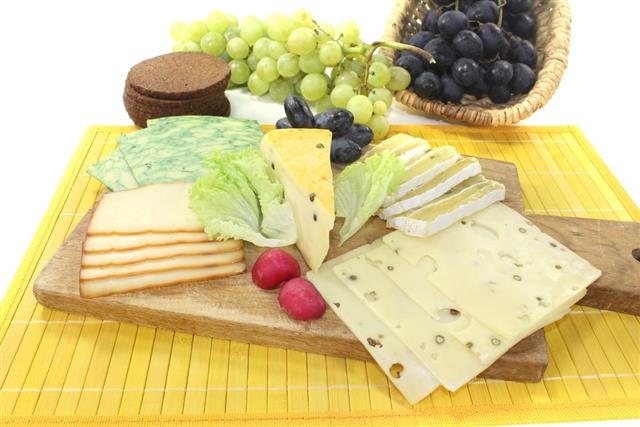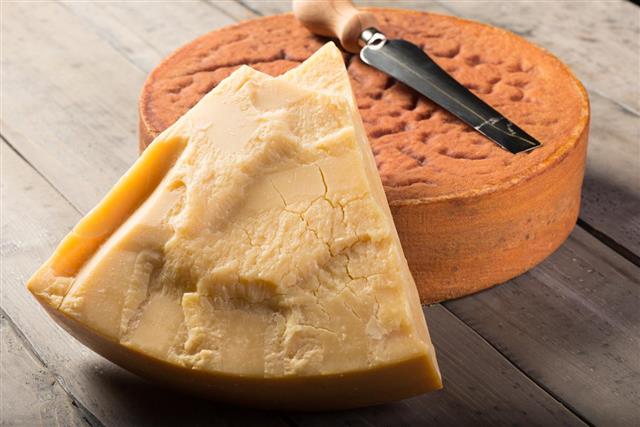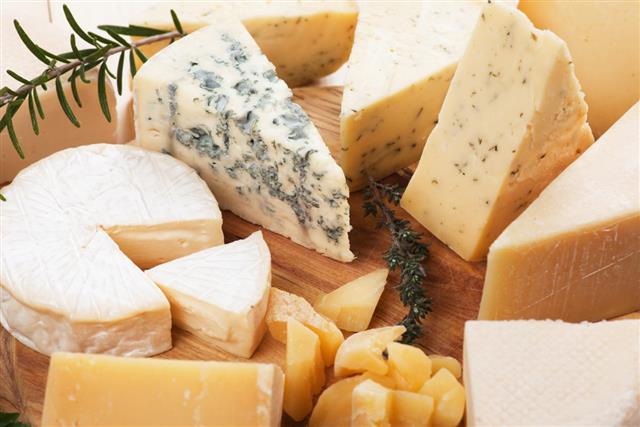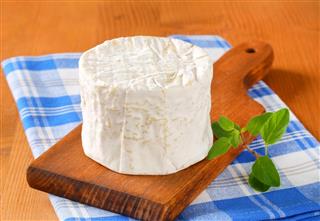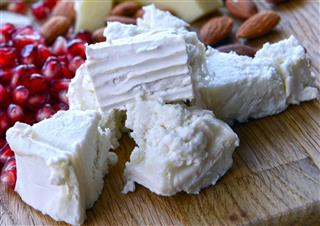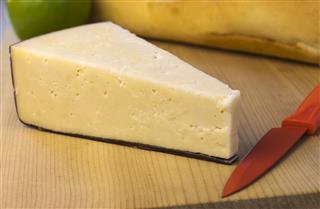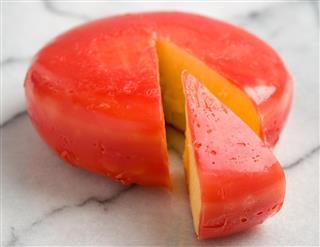
The world of cheese is simply fascinating! There are hundreds of different kinds of cheese and learning about each type is quite interesting, let alone tasting it! Cheese in any form, texture or shape is loved and relished by most of us.
We’re all aware of the popular kinds of cheese such as Cheddar cheese, Swiss cheese, Mozzarella, Parmesan, etc. However, besides these commonly known types, there are hundreds of different kinds of cheeses. But, the sad part is that there is no one method of classification that will encompass these varieties under one umbrella. The list is simply extensive. It’s almost impossible to provide the entire list of different cheese. In this article we will categorize cheese based on their textures. The basic textures are hard and soft cheese (although there are many more textures).
Even though we are only categorizing cheeses according to their texture and looking at only two specific textures: hard and soft, it’s not possible to list down all the different types of cheese under each category of hard and soft. We will just look at three types of cheese from each category.
Hard Cheese
Hard cheeses are wonderful additions while preparing various dishes. They are also perfect to be eaten on snacks. These cheeses possess a distinctive crystalline texture with intense flavor. The crunchy bits of this cheese makes eating it an enjoyable experience. Let’s have a look at some different types of hard cheeses available.
Gouda Cheese
This crunchy, deep caramel colored cheese is made from cow’s milk. With a fat content of 40%, this creamy rich cheese melts smoothly on one’s tongue. About 60% of Gouda cheese is made in the Dutch town of Gouda, Holland. The cheese is a perfect balance of salty and sweet and goes well with several wine varieties.
Asiago
Made from cow’s milk, this cheese is a product of the region of Vicenza and Trento and has a fruity, sharp taste. Asiago comes in two varieties: one which is lightly pressed and made from whole milk, while the other which is made from skimmed milk. Most people grate this cheese and use it as a condiment.
Sbrinz
This hard cheese variety is known as the “Father of Hard Cheeses.” It is made from whole milk, which makes the cheese smoother, nuttier and flavorful. Sbrinz comes in large 90-pound wheels and can age gracefully for more than eight years, thereby adding to the flavor and fine granular texture. Sbrinz cheese goes well with champagne.
Soft Cheese
Soft cheese unlike the hard kinds are not aged for years together, but is consumed within a month or two after it is made. From the name itself we can gage that soft cheese is extremely soft in texture. This type of cheese is not used for cooking, but is spread on bread and crackers and eaten. It is soft because it contains a high percentage of water. Here are some soft cheese types.
Boursault
This soft, white, rich and creamy cheese is prepared from cow’s milk. Cylindrical in shape, this cheese features a white penicillin mold rind with pinkish tones. Best eaten at room temperature, this cheese has a smooth and buttery taste, with a slight hint of mushrooms.
Manouri cheese
This popular Greek cheese comes in different shapes and sizes and is prepared from either sheep or goat’s milk. This cheese bears semblance to Feta, but is more creamier and less saltier. It has a texture that is similar to that of a light cheesecake. Manouri cheese lacks an outer rind and is often had for breakfast, drizzled with honey.
Chaource Cheese
Made in France, this kind of French cheese has a soft, creamy texture and slight smell of mushrooms. Chaource cheese is fit to be eaten at any stage of maturation. At the young stage, the cheese’s interior is grainy and not smooth. However, when aged, this cheese is creamy and on complete maturation has a nutty and slightly salty flavor to it. This cheese goes well with champagne. Its flat, drum shapes with white rind has a sophisticated look.
Besides the basic hard and soft textures, there also exist the spotted texture, semi-soft, semi-hard textures, etc. The scores of different kinds of cheese available today is quite intriguing. Try and taste as many as you can!
